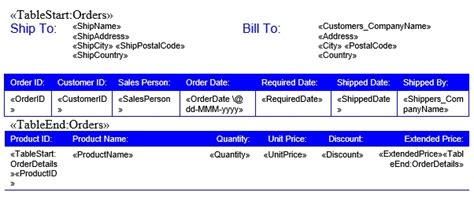Aspose.Words Mail Merge: Increase Your Efficiency
In today's fast-paced business environment, efficiency is paramount. Sending personalized documents to numerous recipients is a common task that can quickly become a time-consuming bottleneck. This is where Aspose.Words mail merge functionality shines, offering a powerful and efficient solution to automate this process, significantly boosting productivity. This article will explore the capabilities of Aspose.Words mail merge and demonstrate how it can revolutionize your document processing.
What is Aspose.Words Mail Merge?
Aspose.Words is a powerful .NET library that provides comprehensive features for working with Word documents programmatically. Its mail merge functionality allows you to create personalized documents by dynamically inserting data from various sources, such as databases, spreadsheets, or custom data objects, into pre-designed Word templates. This eliminates the need for manual data entry into each individual document, saving you valuable time and reducing the risk of errors.
Key Benefits of Using Aspose.Words for Mail Merge
-
Automation: Automate the creation of personalized documents on a large scale, eliminating the need for manual intervention. This is particularly useful for mass mailings, personalized reports, or customized certificates.
-
Efficiency: Save significant time and resources compared to manual document creation. The automation offered by Aspose.Words streamlines the entire process.
-
Accuracy: Reduce the risk of human error associated with manual data entry. Aspose.Words ensures accurate data insertion, resulting in consistent and error-free documents.
-
Scalability: Easily handle large datasets and create thousands of personalized documents in a short period. Aspose.Words is designed to handle large-scale mail merge operations efficiently.
-
Flexibility: Supports various data sources, including databases (SQL, MySQL, etc.), CSV files, Excel spreadsheets, and custom data objects, providing flexibility in how you manage your data.
-
Customization: Create highly personalized documents by using merge fields to insert not only data but also conditional formatting or logic based on the data.
How Does Aspose.Words Mail Merge Work?
The process typically involves three key steps:
-
Creating a Template: Design a Word document template with merge fields (placeholders) where you want the data to be inserted. These fields are typically enclosed in double curly braces, e.g.,
{{FirstName}},{{Address}}. -
Preparing the Data Source: Prepare the data you want to merge into the template. This could be a database table, a CSV file, an Excel spreadsheet, or a custom data object in your application.
-
Performing the Mail Merge: Use the Aspose.Words API to perform the mail merge operation, linking the template to the data source. The API will replace the merge fields in the template with the corresponding data from the source for each record.
Addressing Common Questions About Aspose.Words Mail Merge
What data sources does Aspose.Words mail merge support?
Aspose.Words supports a wide range of data sources, including but not limited to: databases (SQL Server, MySQL, Oracle, etc.), CSV files, Excel spreadsheets (XLSX, XLS), and custom data objects that you define in your application's code. The flexibility to use various data sources is a key advantage of Aspose.Words.
Can I use conditional formatting in my mail merge templates?
Yes, you can incorporate conditional formatting within your Aspose.Words mail merge templates. This allows for highly personalized documents based on the data. For example, you can change the font color or background based on a specific condition within your data.
How do I handle errors during a mail merge?
Aspose.Words provides robust error handling capabilities. You can implement exception handling in your code to catch and manage potential errors during the mail merge process, such as missing data or invalid data types. This ensures your application remains stable and can gracefully handle unexpected situations.
Can I merge data from multiple sources into a single document?
While not directly supported through a single merge operation, you can achieve this by creating intermediary documents or manipulating your data source to combine information before the mail merge process. This requires some data pre-processing but remains a viable approach for complex merge requirements.
Conclusion
Aspose.Words mail merge offers a powerful and efficient solution to automate document personalization at scale. By automating this process, you can save valuable time, increase accuracy, and boost overall productivity. Its flexibility and robust features make it an ideal choice for businesses of all sizes requiring efficient document processing. The benefits of increased efficiency and reduced manual effort make Aspose.Words mail merge a valuable asset for any organization dealing with mass document production.

